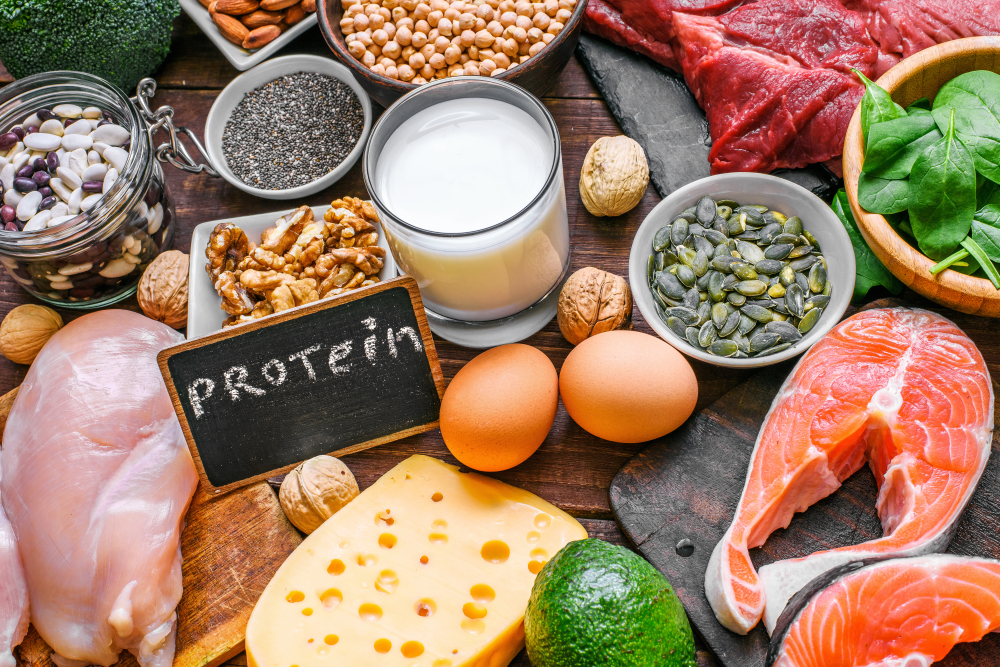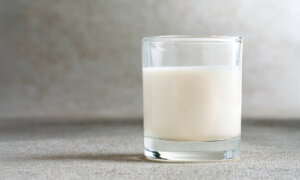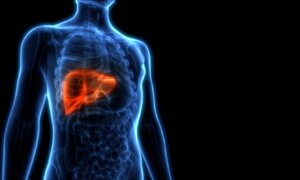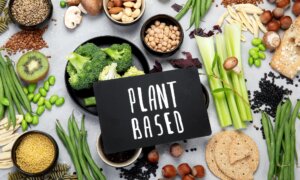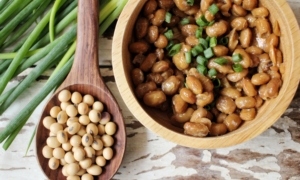Finding the right balance of protein in your diet can be challenging. Protein-rich soybeans can help maintain energy levels and serve as a vital protein source for vegetarians. Soybeans offer numerous health benefits, making them an excellent choice for a variety of dishes.
Types of Soybeans
Soybeans come in several varieties, including yellow, black, and green (edamame). Edamame are immature soybeans, while mature soybeans are classified as yellow or black based on the color of their seed coat.
Inadequate protein intake can cause hunger and fatigue and may lead to complications such as fractures, muscle loss, edema, and skin inflammation. Incorporating high-quality organic soybeans into the diet can support muscle growth, enhance calcium levels, and promote vascular health.
Health Benefits of Yellow Soybeans
Yellow soybeans are rich in plant-based protein, isoflavones, and polyunsaturated fatty acids. A 2023
review published in Nutrients found that eating soy products may help prevent Type 2 diabetes and cardiovascular disease. The study showed that participants with the highest soy intake had 17 percent, 13 percent, and 21 percent lower risks of developing Type 2 diabetes, cardiovascular disease, and coronary heart disease, respectively, compared to those with the lowest intake.
Yellow soybeans must be cooked before eating. Adding them to rice enhances their chewy texture, adds a subtle bean fragrance, and makes the nutrients easier for the body to absorb. To prepare, soak the soybeans in water for six hours, drain, and add them to rinsed white rice before cooking.
Some people may experience bloating after eating soybeans. In such cases, fermented soy products such as miso, natto, and fermented bean curd are excellent alternatives. The fermentation process breaks proteins into smaller amino acids, making them easier for the body to digest and thus preventing bloating.
A 2023 study published in Scientific Reports highlighted that natto is rich in vitamin K2, which benefits cardiovascular health. Natto can also regulate the composition of gut microbiota, reduce intestinal inflammation, and inhibit the progression of atherosclerosis.
Protein Intake for Vegetarians
Some people might wonder if vegetarians are at risk of nutritional deficiencies by relying only on plant-based proteins. However, they’re not necessarily more prone to protein deficiency or anemia than those who eat meat.
The key is to get protein from a variety of sources. For example, pairing brown rice with bean curd or stir-fried noodles with edamame is recommended. The methionine in grains complements the lower levels in soybeans, while the lysine abundant in soybeans compensates for its scarcity in grains. Combining grains and soy products enhances protein intake and ensures the body receives all the essential amino acids it needs.
2 Ways to Enjoy Soybeans
There are many ways to prepare and incorporate soybeans into the diet. You might like to try this soybean dish and a cup of rich soybean tea.
Stir-Fried Edamame With Bean Curd
Edamame is rich in protein, while bean curd cubes, made from ground yellow soybeans mixed with coagulants like calcium sulfate, are high in calcium. Pairing edamame with bean curd provides protein and calcium for a delicious and nutritious dish. Adding lean pork to the stir-fry makes it even more flavorful and satisfying for those who eat meat.

Stir-fried edamame with bean curd (Courtesy of Naiwen Hu)
Ingredients:
- 2.12 ounces (60 grams) edamame
- 2 pieces bean curd
- 1/3 carrot
- 1 king oyster mushroom
- 2 slices ginger
- 0.18 ounces (5 grams) sesame oil
- 1.06 ounces (30 grams) cooking oil
- Sugar, salt, ground white pepper, and soy sauce to taste
Preparation:
- Bring a pot of water to a boil. Blanch the edamame for 30 seconds, then transfer to cold water. Blanch the bean curd for 30 seconds, then set aside.
- Dice king oyster mushroom, carrot, and bean curd, and mince the ginger.
- Heat a pan with cooking oil. Briefly sauté the minced ginger, then add the carrots and stir-fry until they are half-cooked. Add the bean curd and stir until fragrant, followed by the mushrooms and edamame.
- Season with sugar, salt, soy sauce, and ground white pepper to taste. Drizzle with sesame oil, and it’s ready to serve.
Black Soybean Tea
In traditional Chinese medicine, black soybeans are believed to support kidney health, improve eyesight, reduce swelling, and promote longevity. Black soybean tea is an excellent health drink for those who frequently work overtime or struggle with mental fatigue.

Black soybean tea (Courtesy of Naiwen Hu)
Ingredients:
- 0.35 ounces (10 grams) black soybeans
- 16.91 fluid ounces (500 milliliters) water
Preparation:
- Rinse black soybeans and drain well. Place them in a pan and dry roast over low heat.
- Roast until the skins begin to crack and release a fragrant aroma, then remove from heat.
- Transfer the roasted soybeans to a container, pour in hot water, and let them steep for 10 minutes. The tea is now ready to serve.
For those experiencing fatigue or mental exhaustion, adding a few slices of astragalus to black soybean tea can help boost energy and restore vitality. Astragalus is a traditional Chinese herb used to enhance immunity and strengthen the body. Additionally, the classic herbal formula Huang Qi decoction (Astragalus decoction) may aid in
treating chronic liver disease by inhibiting the progression of cholestatic liver fibrosis.
Moderation of Protein
Other high-protein foods include fish, chicken, lean beef, lean pork, lean lamb, shrimp, chia seeds, duck, and eggs. For people who experience bloating from soybeans or meat, fish, eggs, and dairy products are excellent alternatives, as they are easier to digest and less likely to cause bloating.
While protein is crucial for muscle growth, excessive intake can strain the liver and kidneys. The metabolism of excess protein produces toxic ammonia, which the liver must work hard to convert into urea, a less toxic substance, placing additional stress on the liver and kidneys.
The recommended daily protein intake for a healthy adult is 0.36 grams per pound of body weight. For example, an adult weighing 132 pounds would need 48 grams of protein per day.
Some people may be concerned that the isoflavones in soy might increase estrogen levels. While the isoflavones in soy have some estrogenic activity, they are relatively weak. They also exhibit a bidirectional regulatory effect, meaning they can help maintain balanced estrogen levels depending on the body’s needs.
The health impact of genetically modified soybeans remains a topic of debate, so it is recommended to opt for organic soybeans and organic soy products.
Note: Some herbs mentioned in this article may be unfamiliar but are generally available in health food and Asian grocery stores. Please consult with a health care professional for specific treatment plans.


